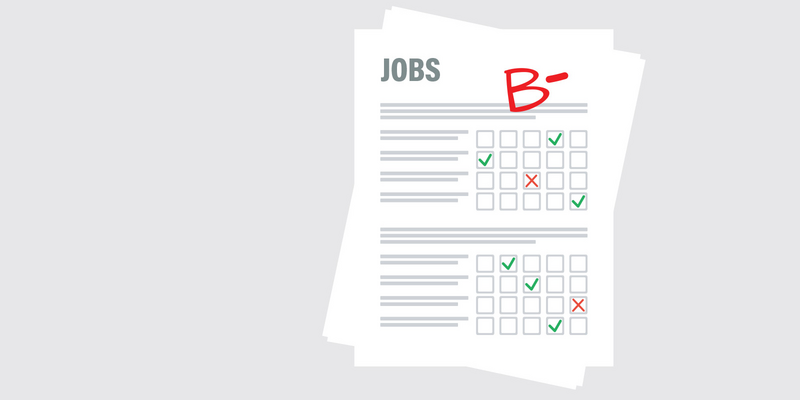TD Magazine Article
Employees Give Their Jobs a B- Grade
Many workers say their employers aren’t providing an engaging atmosphere.
Mon Jul 01 2019

Bookmark
Many workers say their employers aren't providing an engaging atmosphere.
The need to engage employees is a widely discussed challenge in the workforce. Although a portion of the burden should fall on employees—in the form of evaluating whether they are a fit at the company or in their role—employers could also do a better job of making their staff more satisfied and enriched by their work on a day-to-day basis.
In a poll of 2,000 U.S. workers commissioned by the professional staffing firm Kforce, 81 percent of respondents gave their jobs' work-life balance, company morale, and benefits packages a letter grade of B-. They cited their top five office weaknesses as communication and feedback, employee retention, staff diversity and inclusion, transparency, and health and safety.
Lack of effective communication is a particular pain point that leads to a loss of trust—one of the top three values respondents identified, along with passion and mentorship. In its Annual State of Employee Communication and Engagement Study, Dynamic Signal found that most U.S. workers—and 30 percent more than one year ago—are unhappy and ready to quit their jobs because of ineffective communication. A whopping 70 percent of responding employees feel overwhelmed because of "broken communication methods and fragmented information."
In some respect, employees point the finger at HR. While 43 percent of HR professionals who responded to the study said they acted strategically in their role, only 18 percent of employees viewed HR as strategic. Showing employees how they fit into the bigger business picture could go a long way toward engaging them. With clear and open communication, HR can familiarize workers with their employer's mission and validate how their roles and duties help carry out that mission.

More from ATD
